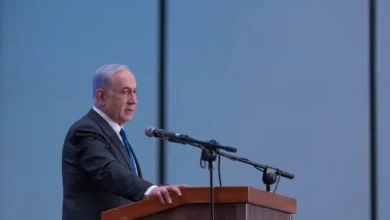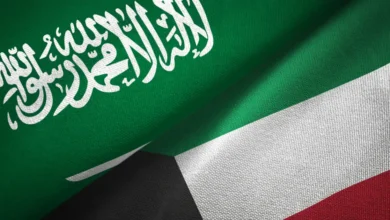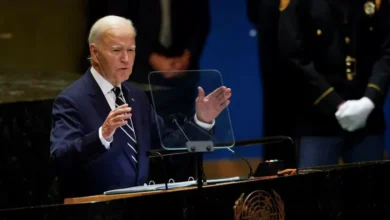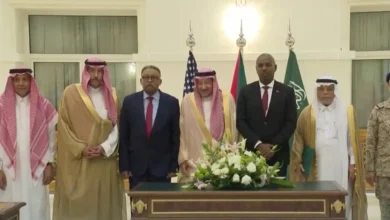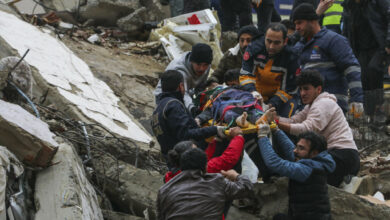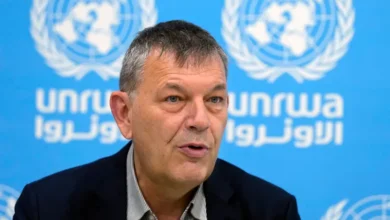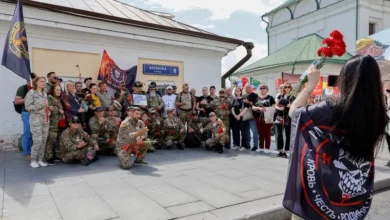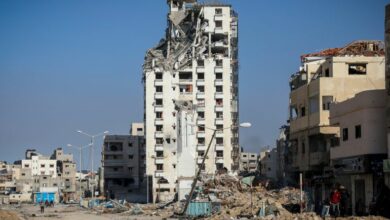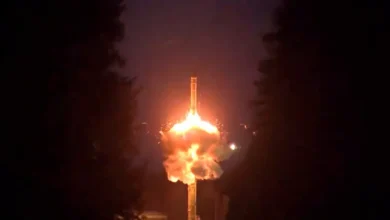Israel-Hamas ceasefire talks: A timeline of obstruction
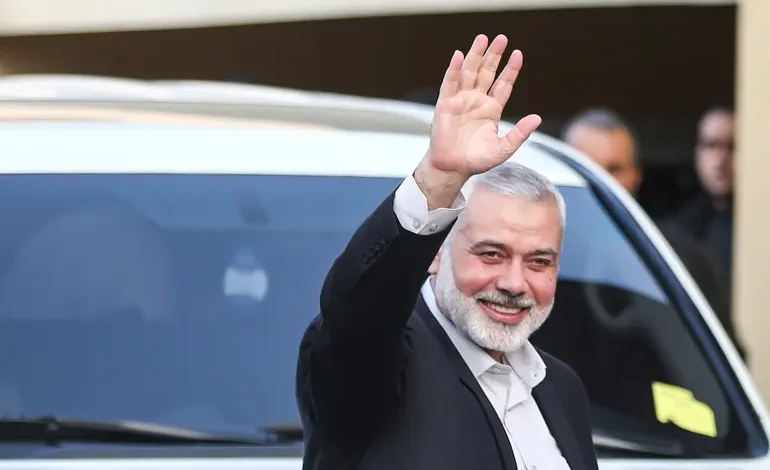
Ceasefire negotiations between Hamas and Israel are dragging on with few signs of a breakthrough that would bring relief to Gaza.
Attempts at talks started in November with Hamas pushing for an end to all hostilities, the release of thousands of Palestinians in Israeli jails and the return of displaced people to their homes in northern Gaza.
Israel is baulking at those demands.
In June, Israeli Prime Minister Benjamin Netanyahu admitted he wants a “partial” deal to return Israeli captives but not end a devastating war that has killed more than 40,000 people, uprooted nearly all of Gaza’s population and created mass famine and outbreaks of fatal yet preventable diseases.
Egypt, Qatar and the United States have been meditating, but Israel’s reluctance to stop its war on Gaza has obstructed a deal, according to experts and Israeli officials.
Here’s a timeline of the ceasefire talks – successful and otherwise – since October 7.
Israel says it would extend the truce if Hamas releases 10 more captives per day.
Humanitarian aid is also allowed in during the pause in fighting.
But Netanyahu does not want a permanent ceasefire, insisting that Israel’s aim is to “dismantle” Hamas completely – a goal US and Israeli officials have since declared impossible.
December 2
Although the ceasefire was eventually extended to a week, with 110 captives freed from Gaza and 240 Palestinians freed from Israeli prisons, talks to extend the truce collapse.
The dispute centres around whether Hamas should release women soldiers as part of the same deal, and Hamas’s insistence that all Palestinian prisoners be released.
Israel outright refuses that demand.
December 10
The US, Israel’s biggest ally, vetoes a UN Security Council (UNSC) proposal to stop the war. The deputy US ambassador to the UN says an immediate halt to hostilities would only “plant the seeds for the next war”, alleging Hamas’s refusal to accept a two-state solution.
But Hamas has accepted a two-state solution for nearly 20 years. In 2017, its new charter officially stated that.
Then-leader of Hamas’s political bureau, Ismail Haniyeh, says he is reviewing a three-stage ceasefire proposal hammered out by Egyptian, Israeli, Qatari and US negotiators in Paris. It has three phases:
- Phase 1: A permanent halt in the fighting, the release of some Israeli captives and a ramping-up of humanitarian aid to the besieged enclave
- Phase 2: More Israeli captives released, including female soldiers, in exchange for more aid and a restoration of major services
- Phase 3: A return of deceased Israeli captives in exchange for Palestinian prisoners
Netanyahu’s right-wing allies in Israel’s government warn they will collapse the fragile coalition if a permanent ceasefire happens.
February 20
For a third time, the US vetoes a UNSC resolution calling for a ceasefire in Gaza. The US ambassador to the UN says the veto was over concerns the resolution would jeopardise talks between the US, Egypt, Israel and Qatar.
March 26
The US finally abstains rather than vetoes a UNSC ceasefire proposal, which passes with 14 of the council’s 15 members in favour.
However, the US later says the resolution is “nonbinding”, undermining the rules of the UN system and signalling its commitment to keep backing Israel’s war on Gaza.
May 7
Hamas accepts a ceasefire proposed by Qatar and Egypt that follows the three-phase framework.
It stipulates that all Israeli captives – civilian and military – would be released in exchange for an unspecified number of Palestinian prisoners.
It calls on Israel to scale up aid, gradually withdraw from Gaza and permit reconstruction as well as lift the siege it imposed on the enclave since 2007.
But, experts say, Israel is unlikely to agree to the terms because it doesn’t want a lasting ceasefire.
“Israel wants to reserve the right to continue operations in Gaza,” said Mairav Zonszein, a senior analyst on Israel-Palestine for the International Crisis Group.
Two days later, Israel ignores mounting calls for a ceasefire and launches an offensive on Rafah, Gaza’s southernmost city, where 1.4 million displaced Palestinians are seeking refuge.
July 31
Haniyeh is assassinated in Tehran while attending the inauguration of Iranian President Masoud Pezeshkian.
Iranian and US officials believe Israel is responsible. Israel neither officially confirms nor denies it.
Fears rise that negotiations could stop after the assassination, not least because Haniyeh was Hamas’s main interlocutor.
